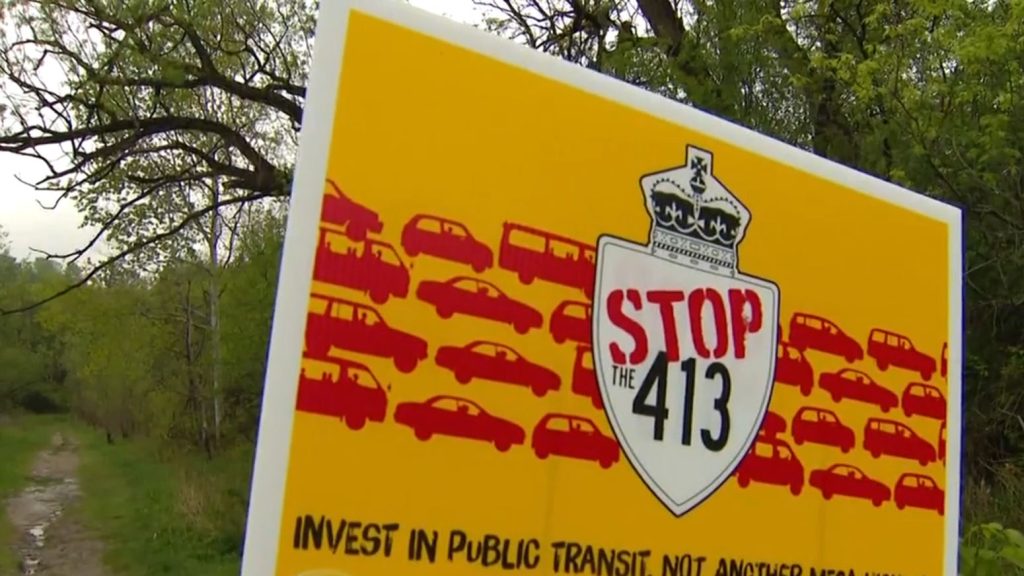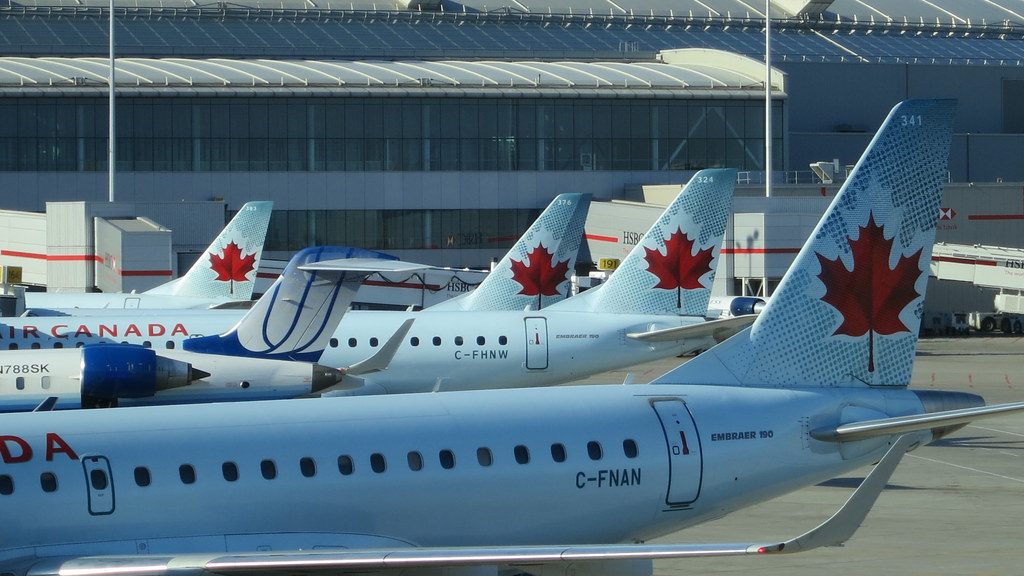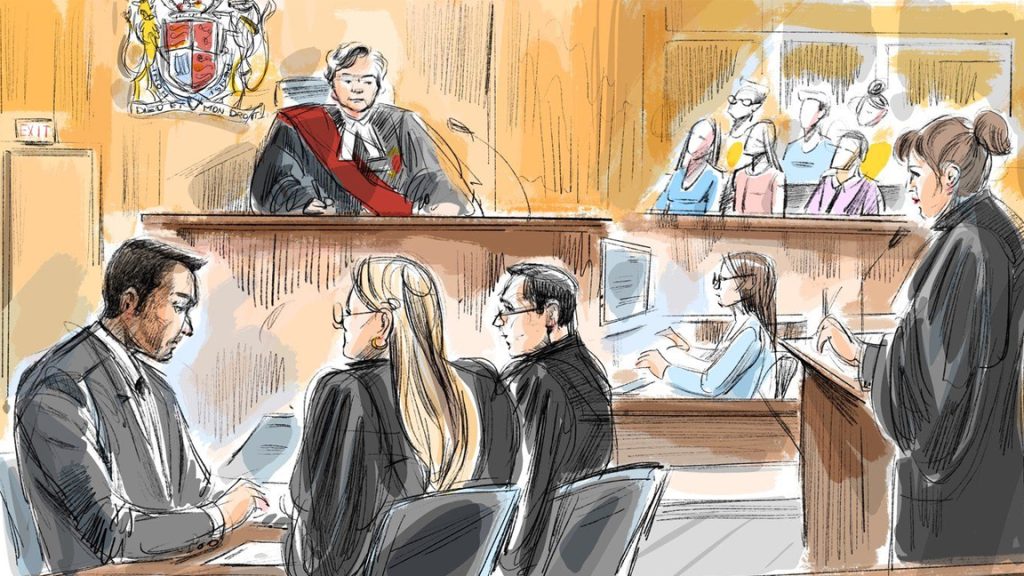Volunteers slowly restore 93-year-old locomotive in Astoria
Posted October 6, 2018 3:06 am.
Last Updated October 6, 2018 3:40 am.
This article is more than 5 years old.
ASTORIA, Ore. – Pulled by a winch from a Caterpillar, the hulking frame of the No. 21 Baldwin steam locomotive engine inched its way under a boiler weighing more than 20 tons, perched on four Jenga towers of cribbing inside the quonset hut of the Astoria Railroad Preservation Association.
“This will be the first time since 1982 that the frame has been underneath the boiler,” said John Niemann, president of the association and a driving force behind the restoration.
Putting the boiler back on its frame marks a major milestone for the association, and one it hopes will galvanize support to finish a nearly 30-year effort to get No. 21 Baldwin operating again on excursions between Astoria and Knappa.
The association is the third group attempting to revive the 93-year-old locomotive, originally used to haul crops and petroleum along the Santa Maria Valley Railroad in Southern California.
A pair from San Francisco originally tried to restore the engine before running out of money, Niemann said. In 1991, the newly formed association acquired the languishing locomotive from the Northwest Railway Museum in Snoqualmie, Washington, and shipped it down in six separate truckloads.
“It was so far apart,” Niemann said. “Instead of just putting it back together, we’ve constructed it back to the original specs.”
Much of the work rebuilding the rusted boiler and making it steam-tight has happened behind the scenes in Niemann’s hut in Uniontown. After attaching the boiler to the frame, the association invited the public to come see their progress, and to raise money.
One person who could see the association’s work was Ryder Dopp, 17, who used to live in a house perched on the hillside above the hut. One day, he saw the association’s sign for its “Astoria Steam Restoration Shop.” A fan of toy trains since he was a child, Dopp came down in 2015 to see about getting involved.
“I thought I’d be sweeping floors, but they put me to work grinding metal, building a circular cutting table,” he said. “It’s really been a learning experience being down here.”
Dopp has tried to recruit other high schoolers to join the restoration effort. But he said it’s been challenging building interest in a locomotive that has never operated in their lifetimes.
“I’d love to see it as a tourist train,” Dopp said. “I know that’s not certain, but I hope it’s preserved for future generations.”
The association still has to pipe the locomotive with utilities to run the air brakes, furnace, turbine generators, safety controls, whistle and other features. Once the locomotive is in one piece, the volunteers must move the 81-ton behemoth from the hut to the railroad tracks. One idea is to use two metal sheets, each the length of the boiler with temporary tracks, and pump the locomotive with compressed air to move under its own power to the tracks, Niemann said.
“If we had the money, we could get this done in a year and a half,” he said, estimating about $200,000 is needed to make the locomotive operational.
The Oregon Community Foundation in 2005 provided a grant for the association to restore a locomotive tender, sitting on the tracks along Industry Street. But grants dried up during the Great Recession, Niemann said, leaving the association to largely toil at their own expense. The association hopes that with the economic recovery, more grants will become available for the restoration, and to build a new train barn.
In 2000, the association acquired a rusting 58-ton combination coach and baggage car to restore and use for carrying passengers. The passenger car is easier to restore than the locomotive, and the association already has others it could rent out in the meantime, Niemann said.
Even if the association can make the No. 21 Baldwin operational, it still faces the daunting task of getting the tracks between Astoria and Knappa ready, and convincing the owners to allow excursions.
Cindy Moore, the assistant city engineer, said the city’s bridge-end replacements downtown are designed to carry only the weight and specifications of the Astoria Riverfront Trolley. “East of 39th (Street) the trestle has been maintained to carry pedestrians only,” she said.
The association would need to work with the city and the state Department of Transportation on the required structural analysis and improvements needed to accommodate the locomotive.
East of Tongue Point, the tracks are owned by Portland and Western Railroad, a short-line rail subsidiary of regional holding company Genesee & Wyoming Inc. The tracks have been out of use between Astoria and the Georgia-Pacific Wauna Mill since 2005, when the state stopped sponsoring the Lewis and Clark Explorer Train between Astoria and Portland after three summer seasons.
Kevin Haugh, a regional vice-president with Genesee & Wyoming, said it’s unlikely the line between Astoria and Wauna would be reopened without a credible level of rail volume. Previous estimates are that 5,000 rail cars a year would be needed.
“It’s certainly something that could be done,” Haugh said of the association’s dream. “The railroad just hasn’t been run over in so many years. Where’s the money going to come from to rehabilitate the line?”
The association hasn’t planned on reaching out to the city, state or railroad about readying the tracks until it can get the No. 21 Baldwin running again, Niemann said. But after nearly 30 years, and facing so many doubters, finishing the project has become a point of pride for the volunteers.
“Everybody knows we’re here,” Niemann said. “‘They’re still working on it, but they’ll never get it done.’ But we’re getting it done.”
___
Information from: The Daily Astorian, http://www.dailyastorian.com










